Members
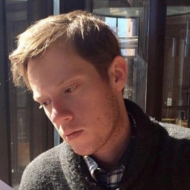
Andrew Carruthers
Associate Professor of Anthropology
University of Penssylvania

Terra Edwards
Assistant Professor of Comparative Human Development
University of Chicago
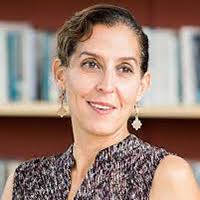
Paja Faudree
Associate Professor of Anthropology
Brown University
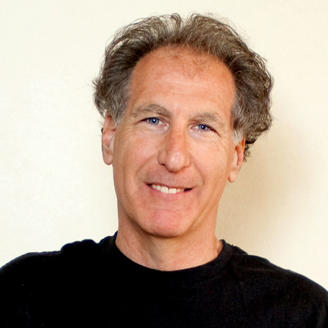
Steven Feld
Distinguished Professor of Anthropology Emeritus
University of New Mexico
Senior Scholar
School for Advanced Research
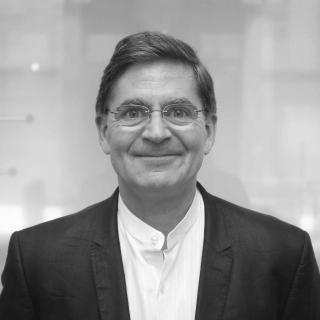
William Hanks
Professor of Anthropology
University of California at Berkeley

Miyako Inoue
Associate Professor of Anthropology
Stanford University
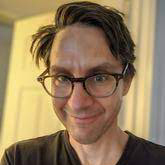
Paul Kockelman
Professor of Anthropology
Yale University

Benjamin Lee
Executive Vice-President
Center for Transcultural Studies
Professor of Anthropology and Philosophy
The New School for Social Research
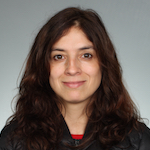
Xochitl Marsilli-Vargas
Assistant Professor of Spanish
Emory University
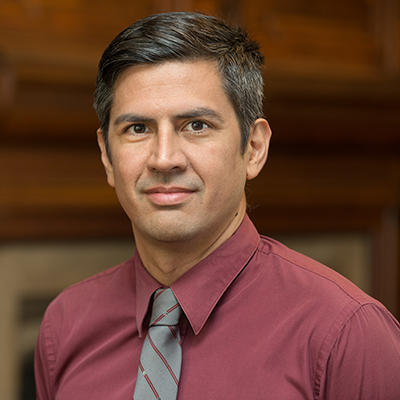
Costas Nakassis
Associate Professor of Anthropology and of the Social Sciences
University of Chicago

Kamala Russell
Assistant Professor of Anthropology
University of Chicago

Kathleen Stewart
Professor of Anthropology
University of Texas at Austin

Greg Urban
Arthur Hobson Quinn Professor of Anthropology
University of Pennsylvania